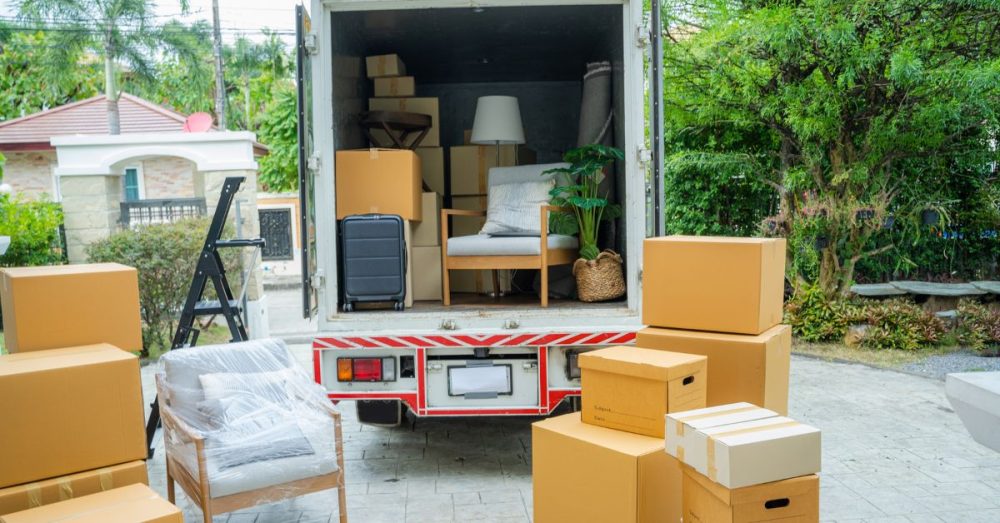The rising costs of homeownership are having some unexpected effects.
In June, The Dallas Express reported that the costs of owning and maintaining a home have risen substantially in recent years. The average annual cost of upkeep for a single-family home in the U.S. is 26% higher now than in 2020, per a study by Bankrate. Home insurance rates have also skyrocketed.
According to a recent CNN poll, more than half of Americans have lost hope of ever owning a home, and they have good reason to feel that way.
In the last four years, the national median price for a single-family home has increased from $280,700 to $393,500, according to the National Association of Realtors, per the Bankrate study. Home prices are expected to soar even higher by year’s end when mortgage rates are anticipated to drop to about 6.3%. The average mortgage rate currently sits at 7.04%, per Fund.com, substantially higher than the all-time low of 2.65% set in January 2021.
Business Insider reports on findings from a Bank of America analysis that shows fewer people are moving as a result of rising homeownership costs. Here’s the start of the story:
Fewer people in the US are moving to new cities, data from Bank of America shows.
Moves across cities fell 4% in the second quarter of 2024 compared to the year before, extending a plunge from a 15% year-over-year decrease this time in 2023. In June 2021, moves soared 32% as people worked from home and ventured further from offices.
The data points to the impact of higher “hidden” homeownership costs like insurance and property taxes, as costs in many areas of the US are up significantly from this time last year, the report says.
Hidden costs of moving are piling on top of higher overt costs like mortgages, the analysts note.
Meanwhile, people who are moving are typically younger or lower-income families relocating to cities with a lower cost of living. Gen Z now makes up 13% of movers, up from 8% four years ago, while households earning less than $50,000 a year account for 18% of movers, up from 12% four years ago.
The BofA analysts say that with less affordable housing and higher costs associated with homeownership, people have less disposable income to fund a move, resulting in many people staying put.


